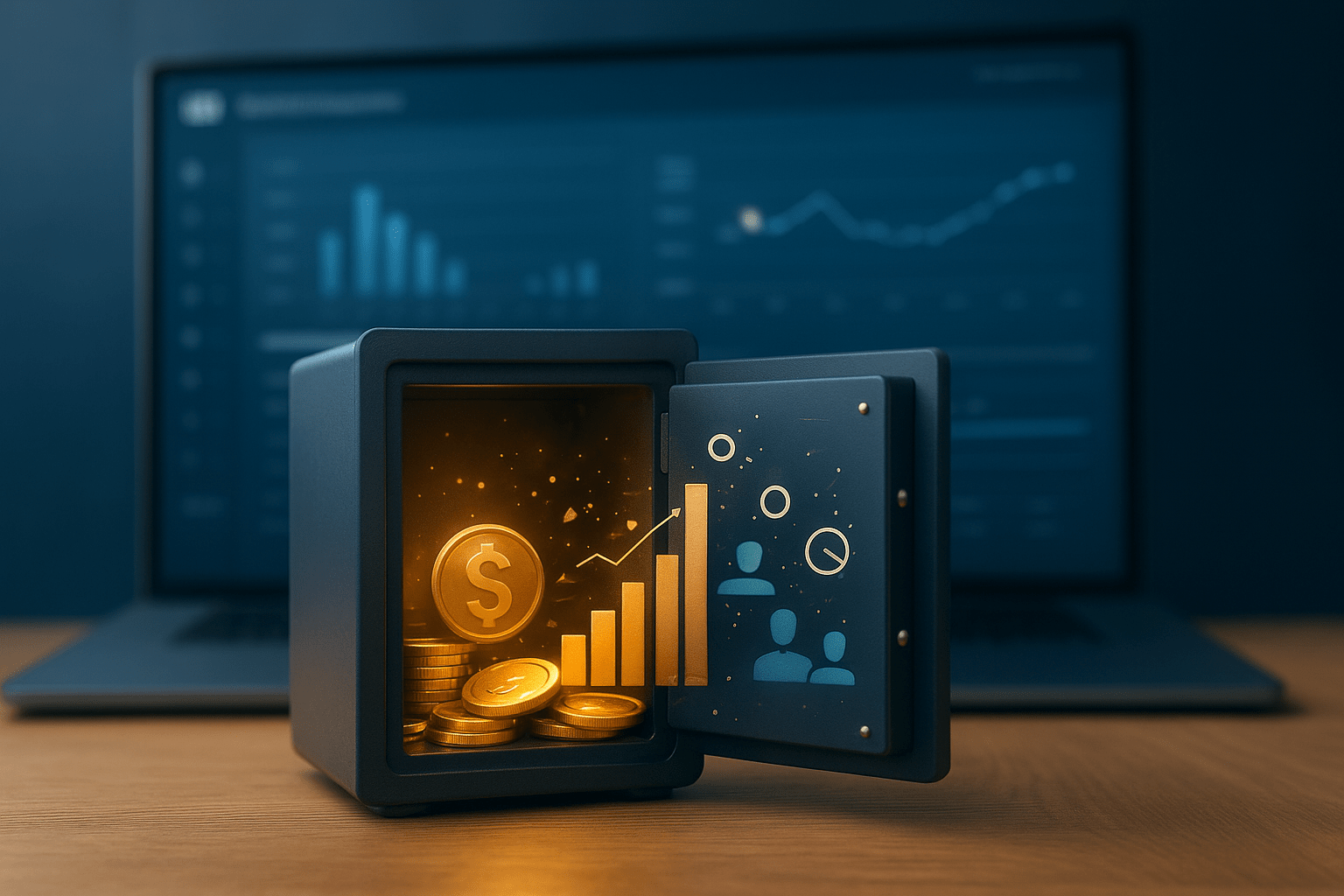Most businesses see HR and payroll software as operational tools systems that calculate salaries, track attendance, and manage leave.
But few realize that inside those systems lies one of the most powerful sources of strategic intelligence a company can have.
In my recent reflections, I’ve discovered that the data captured by HR platforms when properly analyzed can shape entire business strategies, improve efficiency, and even open new revenue streams.
1. HR Systems Are Data-Rich, but Insight-Poor
Every HR software quietly collects massive amounts of information:
Employee performance and productivity patterns
Salary-to-output ratios
Retention rates and turnover trends
Skills, competencies, and training histories
Leave, absenteeism, and engagement statistics
Yet in many organizations, this data stays buried used only for compliance and payroll processing.
What’s missing is strategic interpretation the ability to turn administrative data into management intelligence.
2. From Payroll to Performance Intelligence
When HR data is analyzed holistically, it can answer critical business questions:
Which teams deliver the highest value for cost?
Where is the hidden talent that could drive innovation?
What roles generate the strongest ROI for the company?
How do salary structures affect motivation and retention?
By integrating HR data with sales, marketing, and financial data, leadership can predict performance trends and design smarter incentives or recruitment strategies.
“Payroll data is not just a cost ledger it’s a behavioral map of your organization.” Dr. Martin Mawo
3. Building New Income Streams Through Workforce Insights
The most visionary organizations go further they monetize their HR insights.
Here’s how:
- Consulting spin-offs: Using anonymized data trends to advise other firms in the same industry.
- Workforce benchmarking tools: Selling comparative analytics to partners or subsidiaries.
- Training and development programs: Identifying skills gaps internally, then creating tailored training solutions that can also be marketed externally.
AI and predictive analytics: Using patterns from HR data to forecast future hiring needs or design cost-saving automation models.
The key is data ethics and anonymization ensuring compliance while creating value from intelligence.
4. The Strategic Role of HR in the New Economy
Traditionally, HR was seen as a support function.
Today, with data integration and digital tools, it becomes a core driver of strategic foresight.
When HR leaders collaborate with data scientists and business strategists, the company gains something rare a living dashboard of human performance that fuels decision-making, innovation, and profitability.
As a closing note i belive that, In the digital age, every click, every payslip, every performance review tells a story.
The question is whether leadership is listening.
HR systems were designed to manage people but when read with insight, they reveal how the business itself thinks, feels, and evolves.
“The companies that will lead tomorrow are those that learn from their own data today.” Dr. Martin Mawo




